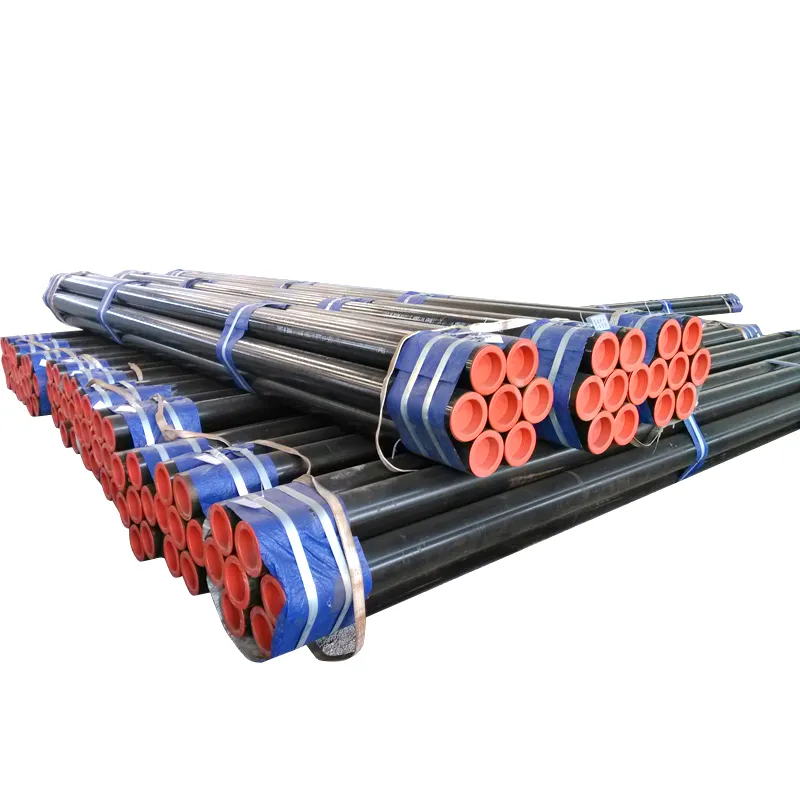Stainless pipe TIG welding (tungsten inert gas welding) is a highly precise and widely used method for joining stainless steel pipes, valued for its ability to produce clean, strong, and aesthetically pleasing welds. TIG welding uses a non consumable tungsten electrode to generate an arc, with an inert gas (argon or helium) shielding the weld pool from contamination. This process is particularly suitable for stainless steel due to its low carbon content and the need to avoid oxidation, which can compromise the material's corrosion resistance. The key advantages of TIG welding for stainless pipes include precise control over the heat input, minimal distortion, and the ability to weld thin walled pipes with high accuracy. Pre welding preparation is crucial, including thorough cleaning of the pipe surfaces to remove oils, oxides, or contaminants that could affect weld quality. Welding parameters such as current, voltage, travel speed, and gas flow rate are carefully optimized based on the pipe's thickness, grade (e.g., 304, 316, 321), and joint design. Filler metals, when used, are selected to match the base metal's composition to ensure consistent corrosion resistance and mechanical properties. Post welding processes may include pickling and passivation to remove heat affected zone discoloration and restore the stainless steel's protective oxide layer. Quality control for TIG welded stainless pipes involves visual inspection, dye penetrant testing, and X ray radiography to check for defects like porosity, cracks, or incomplete fusion. These welded pipes are widely used in industries such as food and beverage, pharmaceuticals, chemical processing, and marine engineering, where high purity, corrosion resistance, and hygiene are essential. The expertise of the welder, combined with proper equipment and strict process control, ensures that stainless pipe TIG welding meets the most demanding industry standards, such as ASME B31.3 for process piping or ISO 15614 for welding qualifications.


